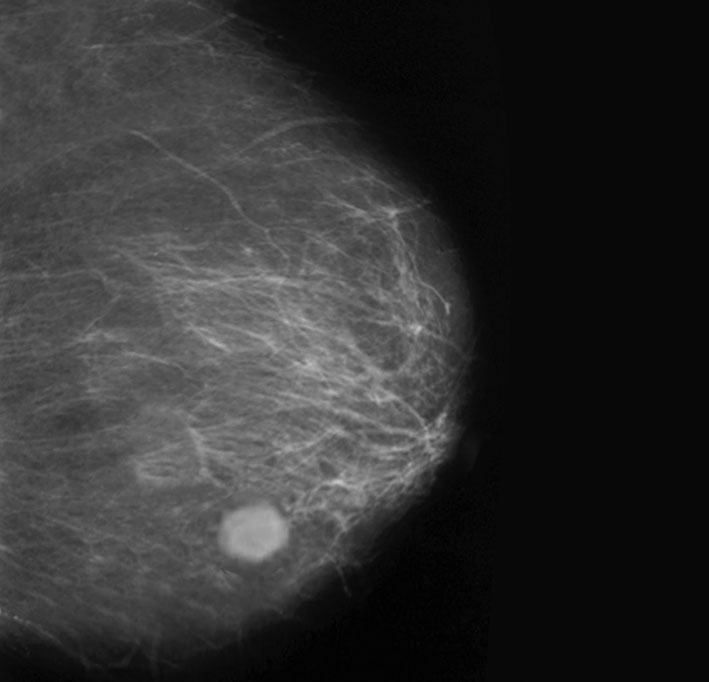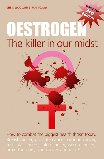October 27, 2014 saw the 4th International Symposium on Focused Ultrasound in Charlottesville, VA, which featured clinical and research advances on the use of this non-invasive therapeutic technology. Andrew von Eschenbach, M.D., former commissioner of the Food and Drug Administration and former director of the National Cancer Institute opened by saying “The preliminary data and newly initiated studies suggest that focused ultrasound is on the precipice, shifting from an innovative early-stage therapy into a tool poised to disrupt the provision of care for some of medicine’s most vexing conditions.”
400 experts travelled from 24 countries to share their research which included the use of focused ultrasound to treat many cancers, including breast, prostate,

lung, liver, pancreas and soft tissue tumours. In addition to ablation, there is keen interest in the potential of this technology for targeted drug delivery, immunotherapy and to enhance the effect of existing treatment modalities like radiation therapy. From the report of the conference:
• Pejman Ghanouni, M.D., Ph.D., assistant professor of radiology at Stanford University School of Medicine presented preliminary results of his feasibility study using focused ultrasound to treat benign and malignant soft tissue tumours of the extremities. Ten patients have been treated so far with an average of 68% tumour ablation. This non-invasive approach avoids surgery with potential side effects that may include injury to skin, nerves and surrounding organs. Dr. Ghanouni believes more technical development and evidence is needed and hopes to collaborate with other centers for a larger trial in the future.
• Joan Vidal-Jove, M.D., Ph.D., University Hospital Mutua Terrassa in Barcelona, presented promising research using focused ultrasound to treat pancreatic cancer. His team treated 43 un-resectable tumors from 2010 to 2014, with 29 stage III and 14 stage IV cancers. The overall local response at 8 weeks was 83%, with 25% complete responders. They achieved a median survival of 16 months, with a range of 6-42 months.
 Find out how you can control your oestrogen levels, naturally´. CLICK HERE.
Find out how you can control your oestrogen levels, naturally´. CLICK HERE.
• Hidemi Furusawa, M.D. of the Breastopia Clinic in Japan treated 72 patients with early breast cancer using focused ultrasound followed by standard radiation. With a median follow-up of 68 months, there were no distant recurrences and one local invasive recurrence after seven years, suggesting that focused ultrasound has the potential to replace surgery as a local treatment for early breast cancer.
• Elizabeth Repasky, Ph.D., professor in immunology at the Roswell Park Cancer Institute, led discussion among a panel of experts who examined how focused ultrasound can serve as an immune adjuvant that can non-invasively manipulate the tumour microenvironment for enhanced anti-tumour immunity, potentially enabling more effective treatment of a variety of cancers.
ED: We have championed Non-invasive ultrasound (Ablation) for ten years now, long before other charities even mentioned it in the UK. Still many oncologists treat it with disdain. For more on the subject of Hyperthermia/Ablation/Ultrasound and cancer CLICK HERE.